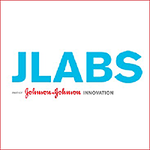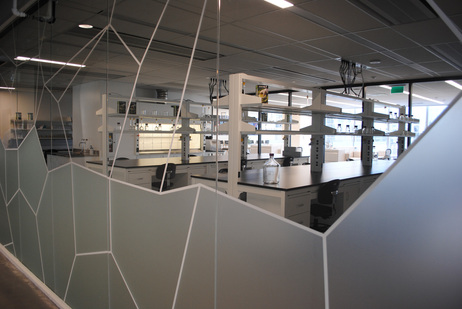How Johnson & Johnson are Accelerating Product Development with Open Innovation
Published May-08-17Breakthrough:
A novel RNA medicine to tackle hepatitis B.
Company:
Johnson & Johnson, United States
The Story:
 In recent years, Johnson & Johnson has embarked on an ambitious open innovation program. One part of this is throwing open its doors to smaller enterprises and startups by providing "no strings attached" incubator space for them to turn scientific discoveries into breakthrough healthcare products.
In recent years, Johnson & Johnson has embarked on an ambitious open innovation program. One part of this is throwing open its doors to smaller enterprises and startups by providing "no strings attached" incubator space for them to turn scientific discoveries into breakthrough healthcare products.The American multinational provides emerging companies with all the resources they need, such as lab space and equipment for which it says it wants nothing in return. Startups pay a monthly license fee and that's it. J&J do not have an equity stake in the companies, nor do they have first right of refusal, although there is nothing stopping relationships forming between the smaller entities and the global giant.
Accelerating Innovation
JLabs is the brainchild of Melinda Richter who developed a pilot program with her company, Prescience International. This was a precursor to JLabs where small firms were given access to the same resources they would have if they were working for a large company, such as dry and wet labs.
She approached Johnson & Johnson to help her scale the model across their business, and it has since been rolled out across several sites. Richter is now the Head of JLABS,
Johnson & Johnson Innovation.
Currently, J&J is incubating more than 100 enterprises, and they are given access to a wealth of resources, including the multinational's compound library and a business services unit, which can help them in numerous ways, such as turning a university research project into a company and then scaling up the operation. This allows startups and entrepreneurs to focus all their attention on doing science.
In an interview with the business magazine Fortune, Richter said: "We want to give early stage teams that are external to us the same platform of resources that our internal teams have to make it affordable, accessible, and quick to get life sciences companies started."
Open Innovation Success
There have been numerous success stories since JLabs swung into being in 2012. They include a company called Arcturus that has developed a way to tackle hepatitis B by delivering RNA medicine to infected cells that knocks down their gene activity. Before they approached J&J, the company's two co-founders had an idea of what they wanted their innovation to do, but that was about it. They had no research to show their innovation would work. But the team at JLabs saw the potential and offered them lab space, materials and mentors.
After seven months at JLabs, Arcturus was able to confirm that their technology worked in animal studies. Since that time, they have attracted $2 billion in collaborations and license agreements with Janssen Pharmaceuticals, Inc., Takeda Pharmaceuticals and Ultragenyx Pharmaceutical. The next step is human trials.
Joining JLabs
Johnson & Johnson accepts Jlabs applications from entrepreneurs across all healthcare sectors, including medical device, diagnostic and pharmaceutical. Another way it attracts new and emerging companies is through open innovation contests, such as the 2016 World Without Disease QuickFire Challenge.
The Future
So successful has the JLabs model been in terms of accelerating innovation that J&J is looking to expand the incubator platform to additional life science hubs around the globe.
Next Story »


